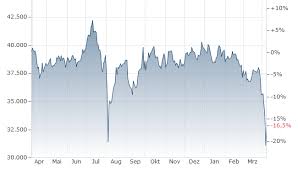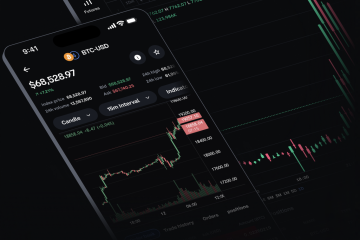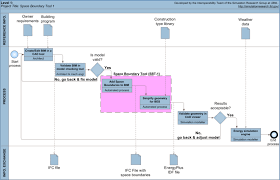Understanding the Nikkei 225: Trends and Implications

Introduction
The Nikkei 225, Japan’s premier stock market index, is essential for understanding the Asian economic landscape. Tracking the top 225 companies on the Tokyo Stock Exchange, it provides insights not just into Japan’s economy but also into global market trends. Recently, the Nikkei 225 has seen significant fluctuations, reflecting broader economic shifts and international investor sentiment, making it a topic of great relevance for investors and analysts worldwide.
Current Trends and Recent Events
As of October 2023, the Nikkei 225 has experienced notable volatility, partly driven by mixed signals from the global economy. Following a series of interest rate hikes by central banks worldwide, investors are closely monitoring the index as a barometer of Japan’s economic health. In recent weeks, the index has shown some resilience, rising to approximately 32,000 points. This uptrend follows Japan’s measures to stimulate its economy, including potential fiscal stimulus plans and structural reforms aimed at boosting corporate productivity.
However, challenges remain. The weakening yen has made imported goods more expensive, contributing to inflation concerns within the country. Meanwhile, geopolitical issues, particularly surrounding China and the broader Asia-Pacific region, have introduced uncertainty into market dynamics. Analysts have noted the importance of China’s economic recovery, as its influence on Japan’s trade and supply chains cannot be understated.
Investors’ Reactions and Future Implications
Market analysts suggest that the current state of the Nikkei 225 signals cautious optimism among investors. Many are looking towards earnings reports from major corporations such as Toyota and Sony, which are not only central to the Japanese market but also influential in the global tech and automotive sectors. Positive corporate earnings could bolster investor confidence and push the Nikkei higher.
Moreover, the Bank of Japan’s policy decisions will continue to play a crucial role in shaping market expectations. With rising energy prices and inflationary pressures, the Bank may adjust its accommodative stance, impacting interest rates and foreign investment flows into the country.
Conclusion
The future of the Nikkei 225 is intertwined with both domestic policies and global economic trends. As investors navigate these complexities, the index will remain a key indicator of Japan’s economic prospects. For stakeholders keeping a close eye on the market, understanding these trends and their implications will be vital. As Japan continues to adapt to a rapidly changing global environment, the performance of the Nikkei 225 will serve as a litmus test for broader economic resilience and growth in the region.









